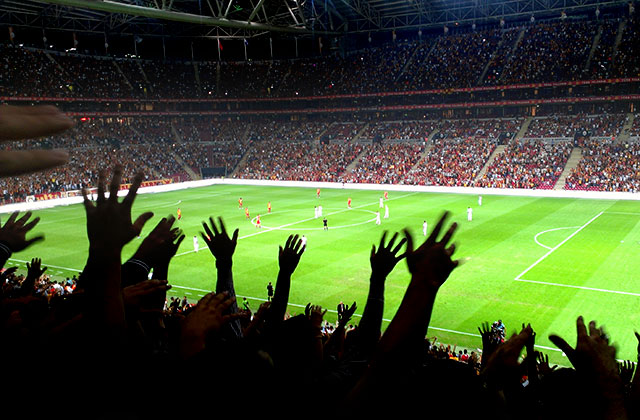Seven weeks ago I wrote about the trials and tribulations Brighton have had in their search for a permanent home, well our opponents today have also had to endure an enforced spell away from their own ground. Charlton spending over seven years away from The Valley between 1985 and 1992, the Addicks playing matches at Selhurst Park and then Upton Park before returning to SE7. Athletic were a nomadic club in their early years too after they had been formed by a group of teenage football fans from East Street in Charlton. They only played friendly games against other local sides in their formative years, Athletic playing initially at Siemens Meadow, then Woolwich Common and Pound Park before they moved to Horn Lane in 1913. Yards away from what now is a modern day Sainsbury's next to the Blackwell Tunnel Approach. In the same year Charlton took on senior status and joined the local Lewisham League, the club making its first FA Cup appearance in 1914. World War One soon came though and the club was closed down in early 1915 and then reformed following the end of hostilities. In the meantime however Horn Lane had been used a petrol dump and so Charlton were on the move once more. The club though took on an abandoned sand and chalk pit, known locally as "The Swamps", with work beginning in the summer of 1919 to make the ground playable. An army of volunteers digging out a hole for the pitch and using the spoil to build up embankments on the side where spectators could watch the game from, the club not having the funds to develop the site properly. The origins of Charlton's nickname "The Addicks" is disputed, but it would seem it stems from this era where the players were forced to change for matches at a local fish and chip shop. Addicks either being taken from a play on words on "haddock" or from the owner of the shop who apparently nailed a haddock to a board and used it as a mascot at games. One of the more bizarre reasons for a nickname certainly - we also don't know if it was the same haddock for each match. The plight of Athletic in the area and their fanbase size had been helped a year before the war when "Woolwich Arsenal" moved over the river to Highbury in North London. Charlton now taking the decision to turn professional in 1920 before joining the Football League one year later, although despite the ground having a capacity of around 75,000, falling crowds at the Valley meant that the club decamped to Catford for the 1923-24 season. The Mount, in Mountsfied Park, was the was the home of Catford South End and held up to 50,000 spectators, and with Charlton playing in the same light and dark blue colours as Catford that season rumours of a merger soon became rife. The weather was dreadful that year though and expected large crowds never materialised, the experiment lasting just that one season before the Addicks moved back to The Valley. In the early years of the 23-year managerial reign of Jimmy Seed Charlton finished second in the old Division One in 1937 and the following year recorded their highest ever attendance at The Valley of 75,031 for an FA Cup tie against Aston Villa. The East Stand apparently the biggest stand in league football in those days, with reports suggesting that the actual attendance for the Villa match was pushing the 80,000 mark. The Valley was where the Addicks would remain until 1985 when, with former chairman Michael Gilksten still holding the freehold on the ground a year after the club had almost gone into receivership, the board announced a groundshare at Selhurst Park. That 85-86 season seeing Charlton promoted and Carlisle relegated from Division Two as the Addicks won 3-2 at Brunton Park in the infamous Jim Tolmie game in the penultimate week of the campaign. With The Valley beginning to crumble Greenwich Borough Council overwhelmingly turned down plans to renovate the ground, supporters then forming a political party - the Valley Party, due to that decision with the sole objective of returning to The Valley. The Valley Party contesting 60 out of 62 seats in the 1990 local council elections and amassing nearly 11% of the vote with 14,838 votes. The following year, in 1991, Greenwich Borough Council finally awarded planning permission for a rebuilt Valley, although building was delayed and a season had to be spent at West Ham's Upton Park. Charlton finally coming home to a partly redeveloped ground on December 5th 1992 as they defeated Portsmouth 1-0. The final development of the North Stand finishing midway through the 2001-02 season to bring The Valley up to its current capacity of 27,111. |
